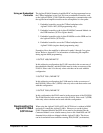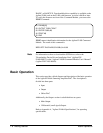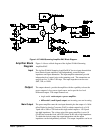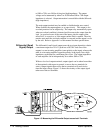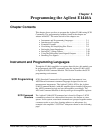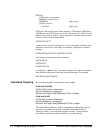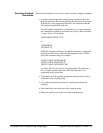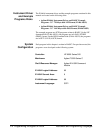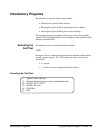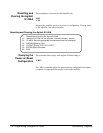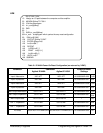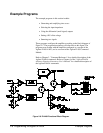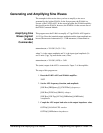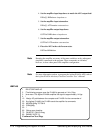
Executing Coupled
Commands
The list below identifies rules to follow when executing coupled commands:
• Coupled commands must be contiguous and executed in the same
program statement. This done by placing the commands in the same
program line, or by suppressing the end-of-line terminator until the
last coupled command has been sent.
To send multiple commands in a single line or in a single statement,
the commands are linked (as described previously) with a semicolon
(;) and a colon(:). For example:
OUTP2:IMP 50;OUTP2:ATT 6
or
OUTP2:IMP 50;
:OUTP2:ATT 6
In BASIC programs, the end-of-line (EOL) terminator is suppressed
by placing a semicolon (;) following the quotation mark (") which
closes the command string. For example:
OUTPUT 70910;"OUTP2:IMP 50;";
OUTPUT 70910;":OUTP2:ATT 6"
OUTPUT 70910;"OUTP2:STAT ON"
As shown, the first two lines are coupled together. The third line is
not a coupled command, therefore, the EOL terminator is not
suppressed on the second line.
• Commands not in the coupling group must either preceed or follow
commands in the coupling group.
• Un-coupled commands executed in a coupling group break the
coupling.
• Error checking occurs at the end of the coupling group.
• Hardware updates occur at the end of the coupling group.
Instrument and Programming Languages Programming the Agilent E1446A 2-3



